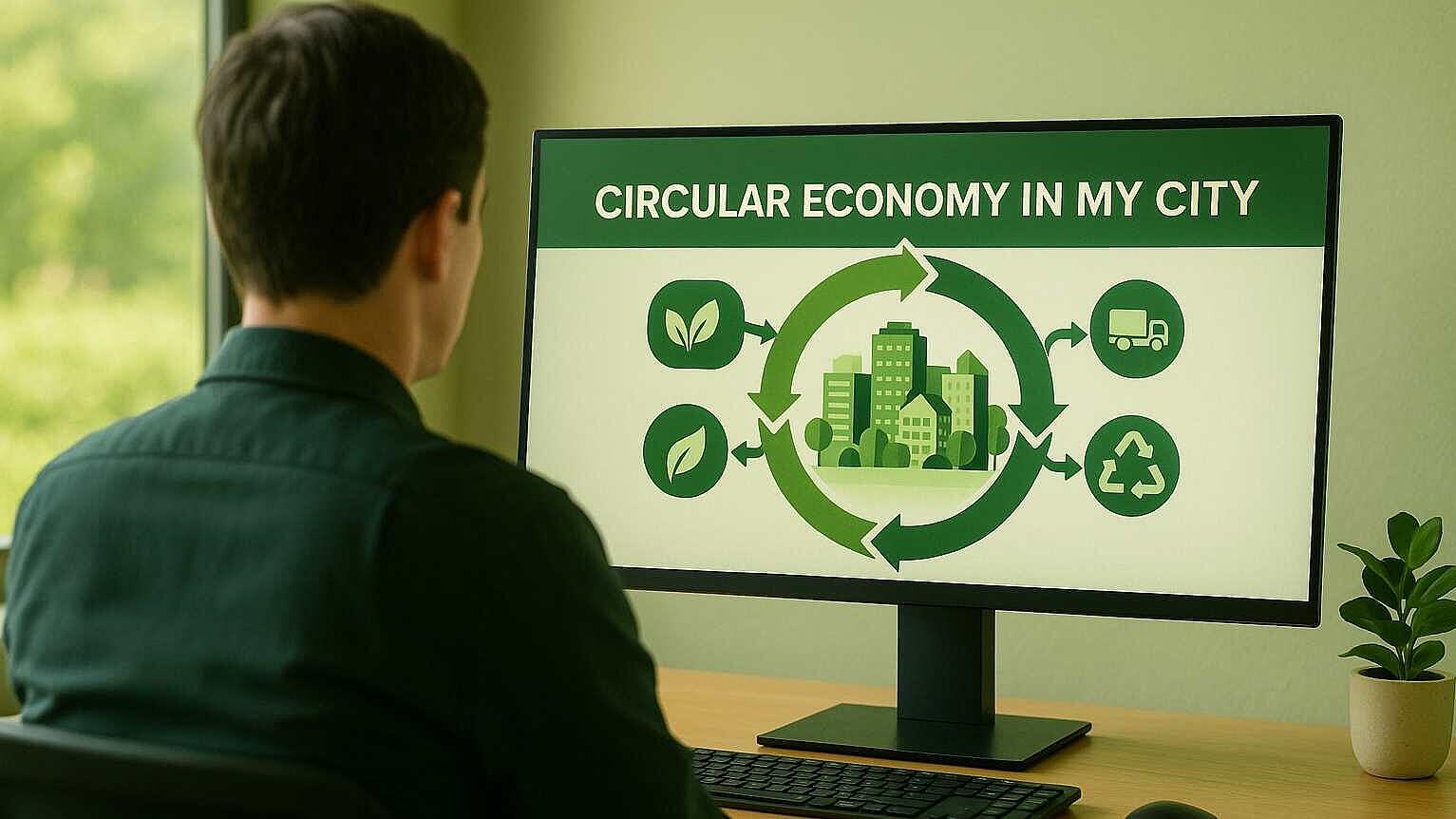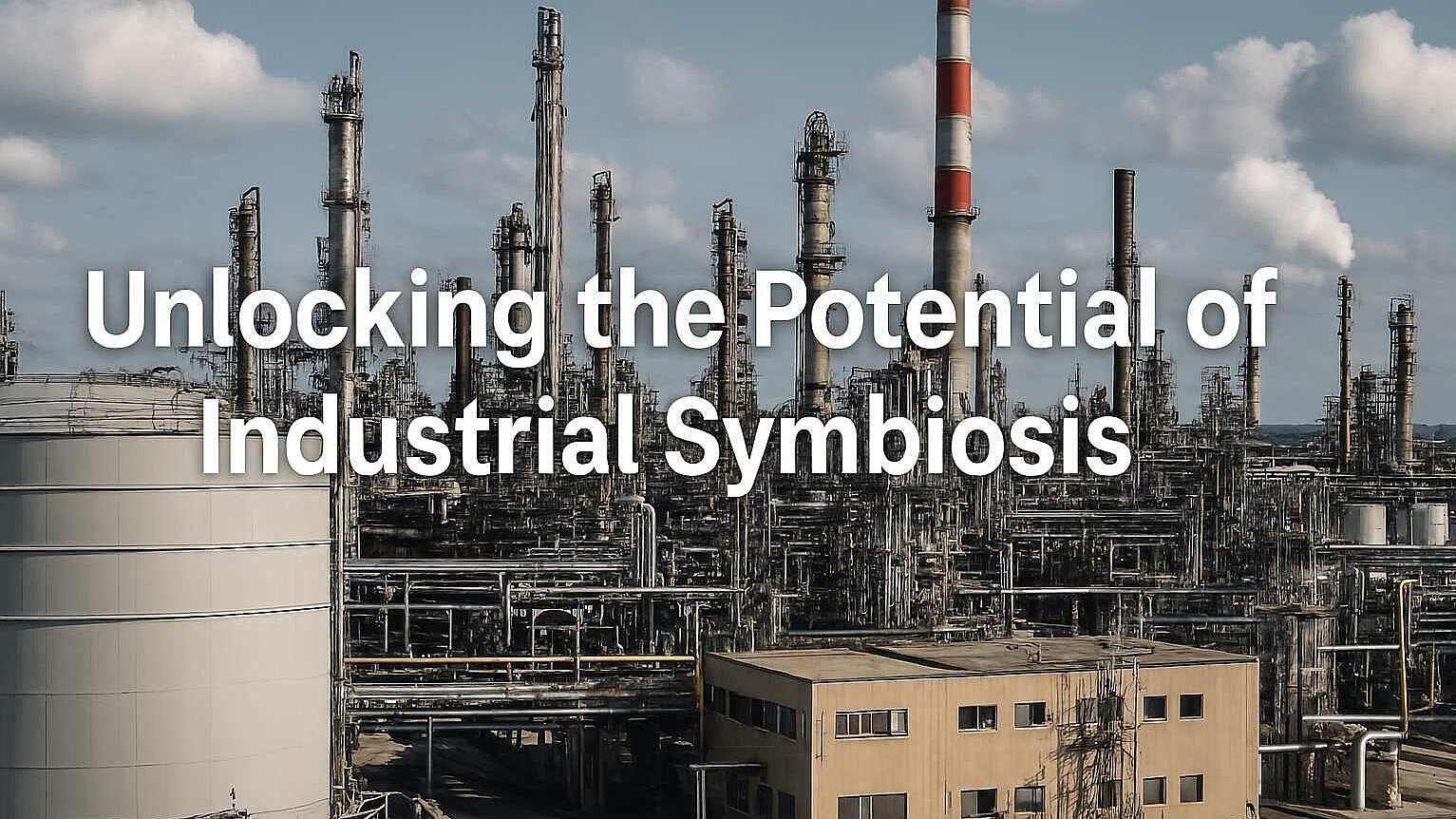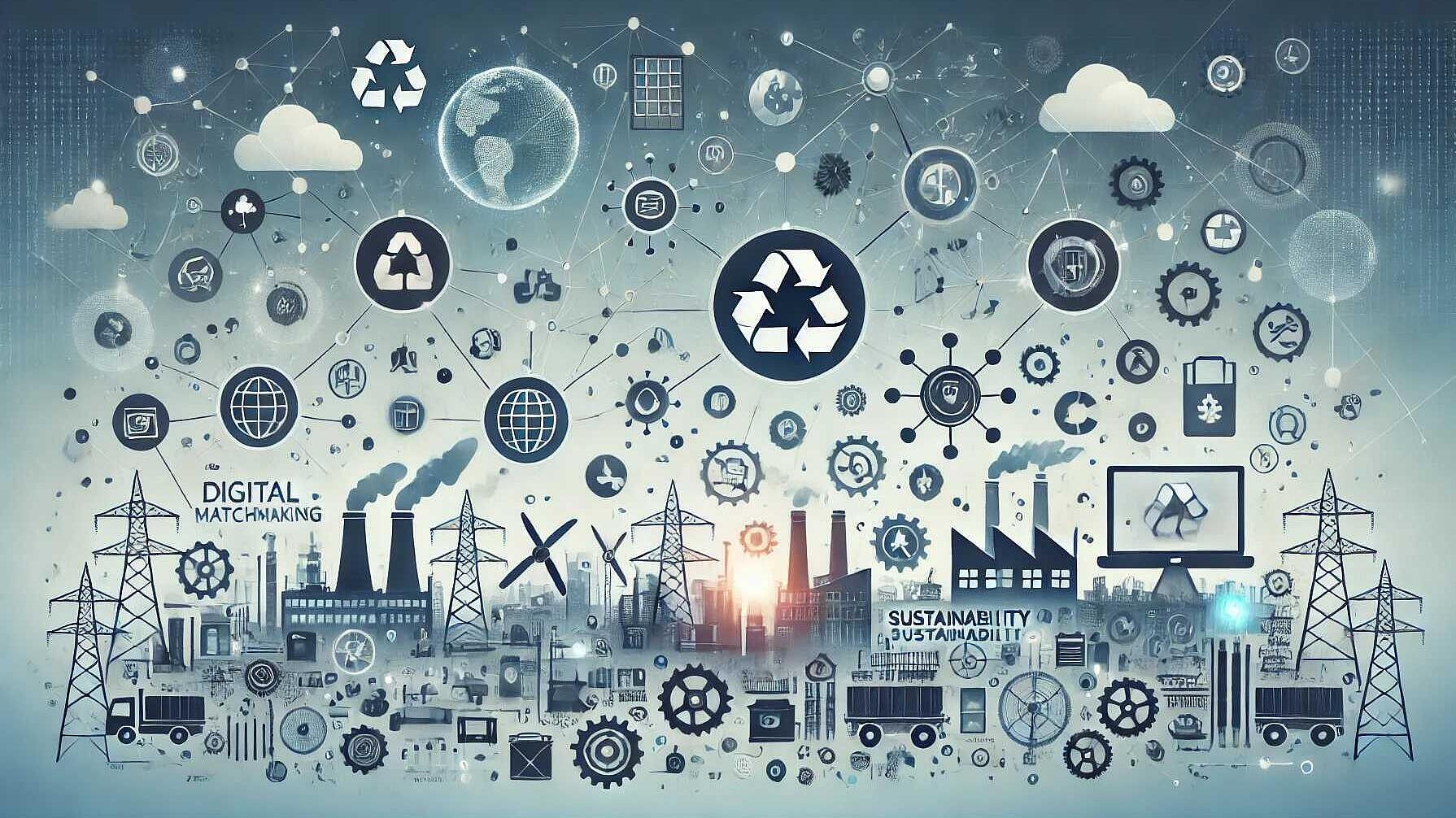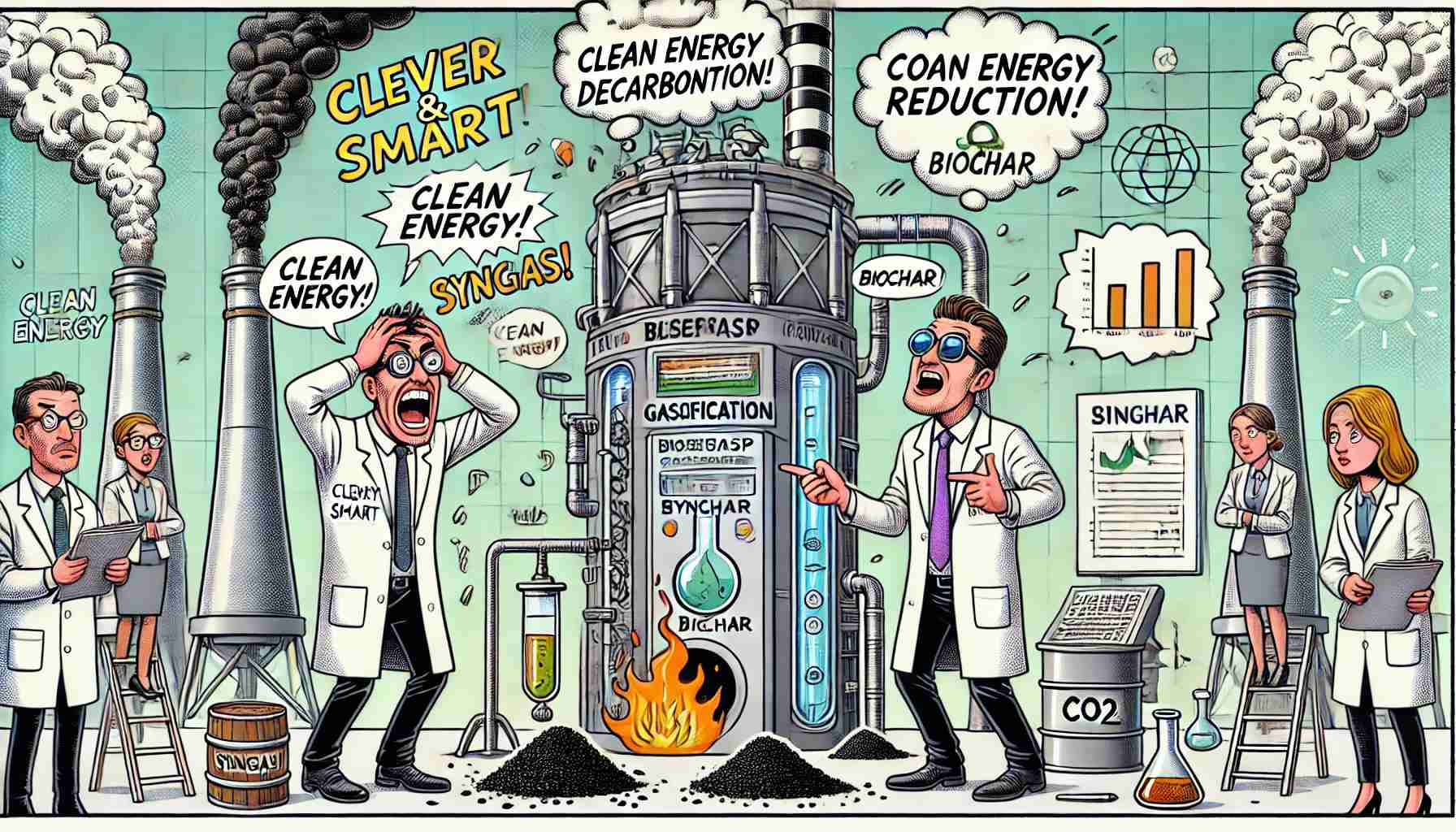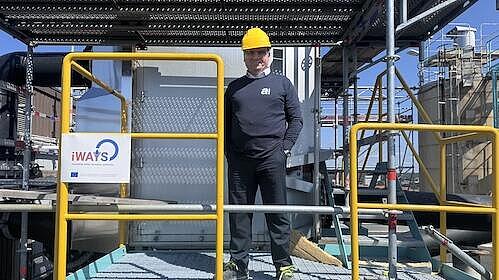 Circular Economy
Circular EconomyCircular Economy
Working in smart city projects requires to bring together different players in this very diverse eco-system, from IT to product suppliers, service providers, finance, social innovators and of course the cities with their various departments. A good way to start is looking at top notch smart city projects as well as knowledge, matchmaking and IT platforms. The focus in this article is a bit on platforms and IT considering cities itself as clients. And where the clients are, there are the ones who are offering and selling goods and services. For my liking, I would recommend to start having a look on platforms to dive into good practices, find partners or just being able to increase your network. I am referring to platforms focussing more on knowledge and matchmaking in contrast to the big IT players offering parts or even very comprehensive IT tools and solutions but you find them at the bottom as well.
Read Full articleBusiness Value Through Industrial Symbiosis
A new framework evaluates industrial symbiosis, showing cost savings, revenue growth, risk reduction, and intangible benefits, advocating strategic partnerships and regulatory navigation for long-term sustainable advantage.
Read Full articleWhy do cities struggle to transition to a Circular Economy? — Information
The paper discusses the challenges cities face in transitioning to a circular economy, emphasizing the decline in global circularity and the need for public procurement to drive the change. It highlights the complexity of accessing and applying circular strategies and proposes innovation procurement with specialized AI as a solution.
Read Full articleUnlocking the Potential of Industrial Symbiosis: Strategies for Sustainable Project Development
The CORALIS guidelines address financing and risk mitigation for Industrial Symbiosis (IS) projects, offering a structured process to enhance stakeholder relationships, align with regulatory frameworks, and improve project implementation for sustainable industrial operations.
Read Full articleUnlocking the Value of Industrial Symbiosis: A Comprehensive Guide to Pricing and Business Value
The article outlines approaches and a framework for pricing in industrial symbiosis, stressing fair and sustainable mechanisms, considering costs, earnings, risks, and value beyond economics for successful circular economies.
Read Full articleUnlocking the Power of Industrial Symbiosis: How Data Exchange Fuels Collaboration and Innovation
The CORALIS project examines data exchange in industrial symbiosis networks, identifying lack of standardization and proposing a structured communication framework to improve trust, efficiency, and innovation for sustainable industrial practices.
Read Full articleDigital Matchmaking for Industrial Sustainability: How Knowledge Platforms Enable Circular Economy
A discussion of the challenge of managing information for industrial symbiosis, focusing on digital tools developed for matchmaking and economic assessment. It underlines the importance of integrating technology with human relationships and adapting to regulatory changes that promote data standardization and transparency.
Read Full articleDemystifying Industrial Symbiosis: A Comprehensive Guide to Opportunity Identification
Industrial symbiosis (IS) optimizes resource use and minimizes waste by exchanging resources among industries. European initiatives invest in IS methodologies to enhance market adoption but face challenges like complexity and data availability. The identification process involves mapping, screening, and matchmaking, requiring collaboration and long-term viability assessments.
Read Full articleBiomass Gasification: A Key to Decarbonizing Energy-Intensive Industries
The EU project CORALIS explores biomass gasification's techno-economic feasibility for decarbonizing energy-intensive industries, highlighting its potential with syngas and biochar production as fossil fuel alternatives. Larger-scale operations demonstrate better economic returns, with significant positive impacts on industrial decarbonization efforts.
Read Full articleHow new technology can allow factories without chimneys
Professor Hussam Jouhara discusses the development of the Heat Pipe Condensing Economiser (HPCE), designed to reduce industrial energy consumption and emissions by recovering waste heat and water. Supported by the EU's Horizon 2020, HPCE overcomes challenges such as exhaust stream variability and corrosive condensates, aiming to enhance efficiency and environmental sustainability in industries, especially in the chemical sector, by promoting energy and material recovery.
Read Full article

